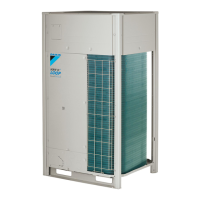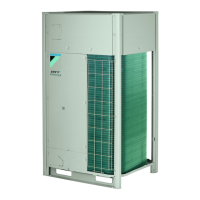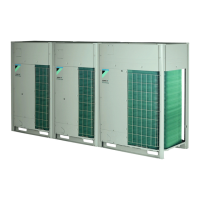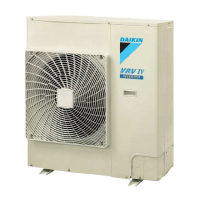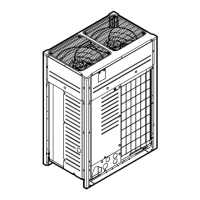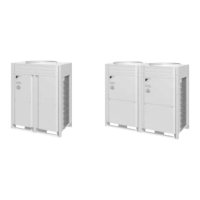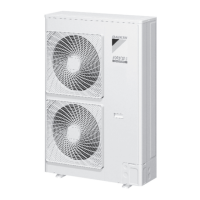Why is my Daikin VRV IV+ system operating, but the cooling or heating is insufficient?
- JJoseph MyersJul 25, 2025
There are several potential reasons why your Daikin Heat Pump might be running but not cooling or heating effectively. Here are some things you can check: * Ensure that neither the air inlet nor the outlet of the outdoor or indoor unit is blocked by obstacles. Clear any obstructions to allow free airflow. * Make sure the air filter is clean. * Verify that the temperature setting is correct. * Confirm the fan speed setting is appropriate on your user interface. * Check for any open doors or windows and close them to prevent drafts. * Assess if there are too many people in the room or excessive heat sources. * See if direct sunlight is entering the room and use curtains or blinds to block it. * Ensure the airflow angle is properly adjusted.
